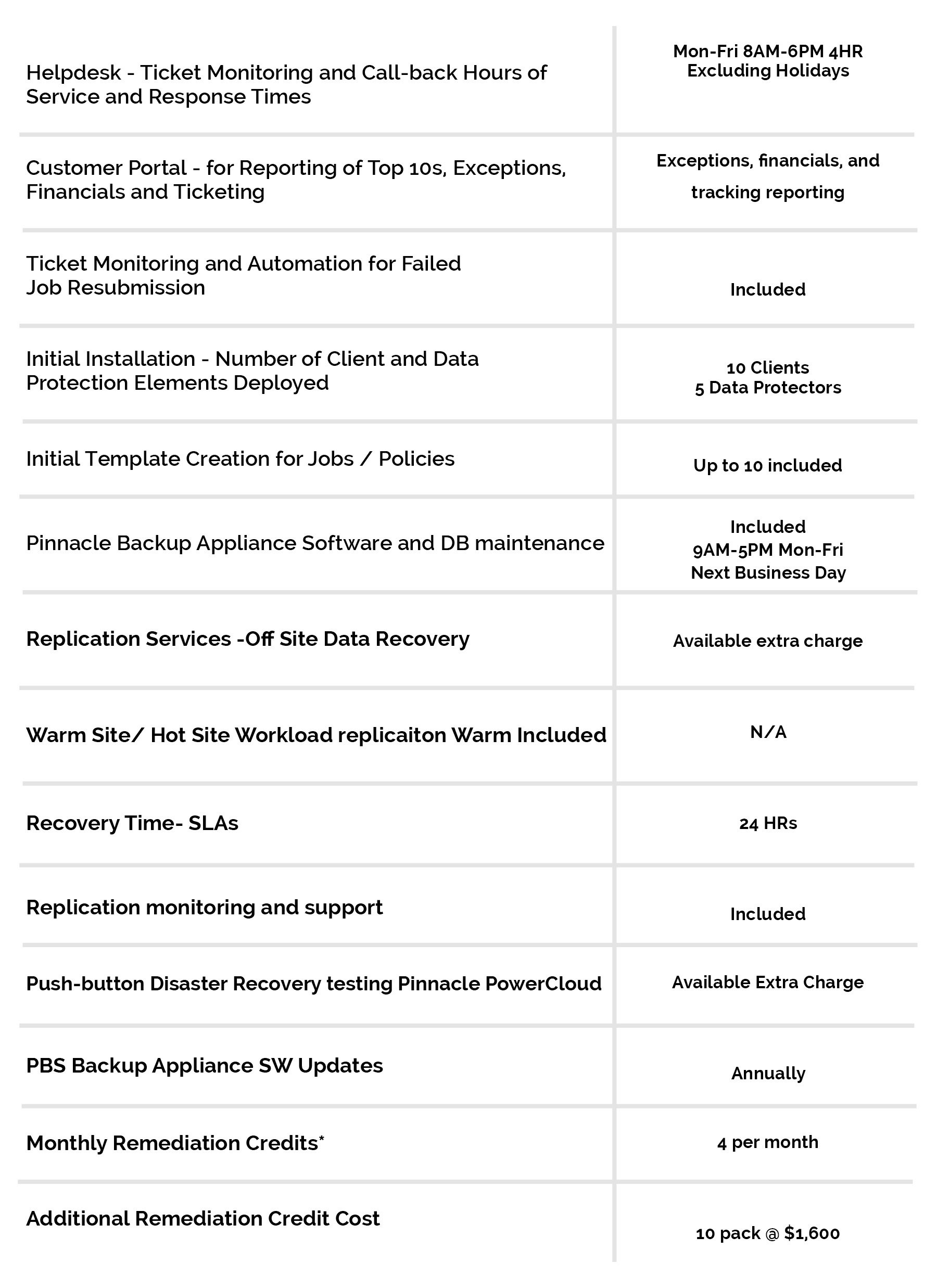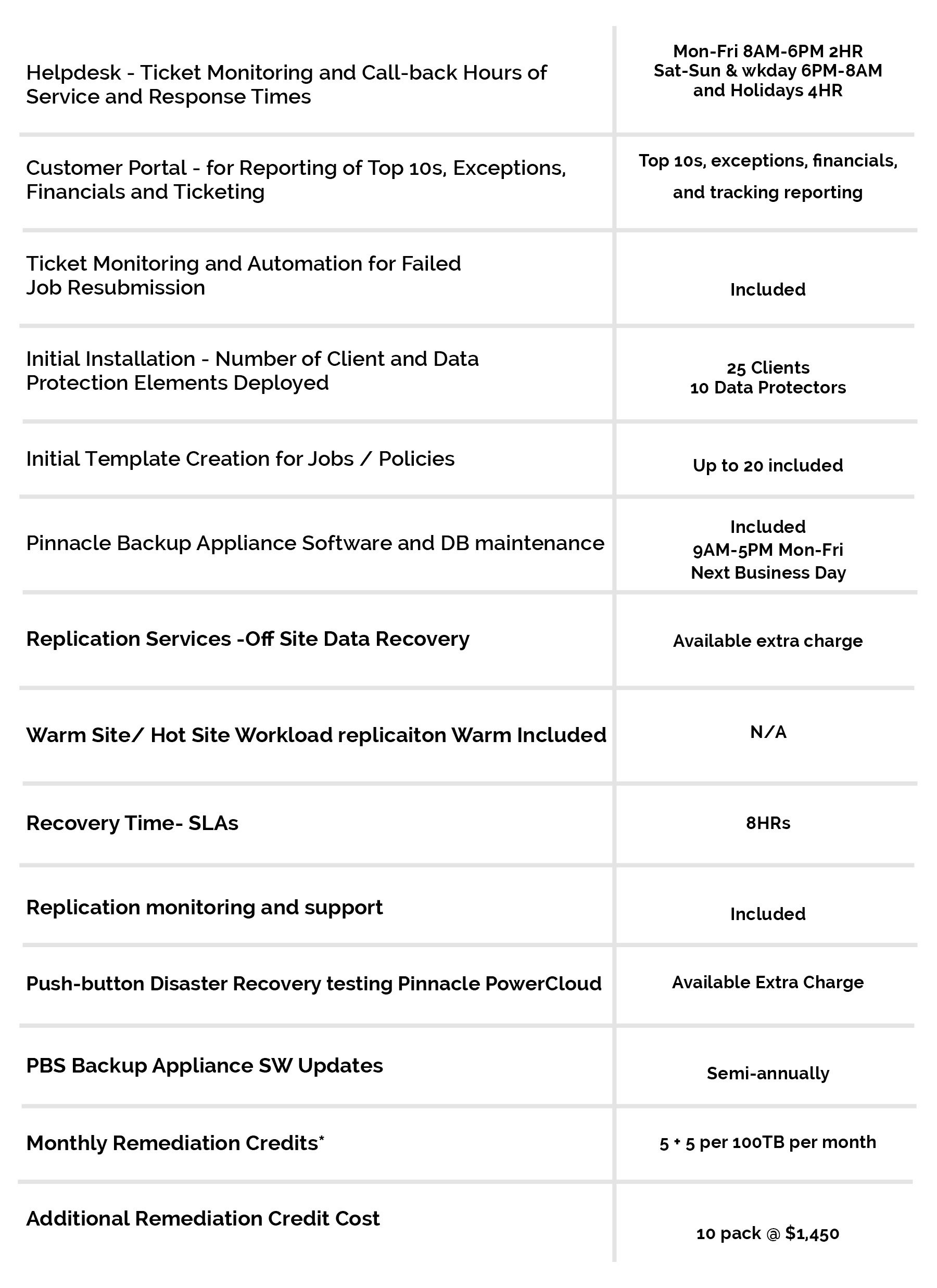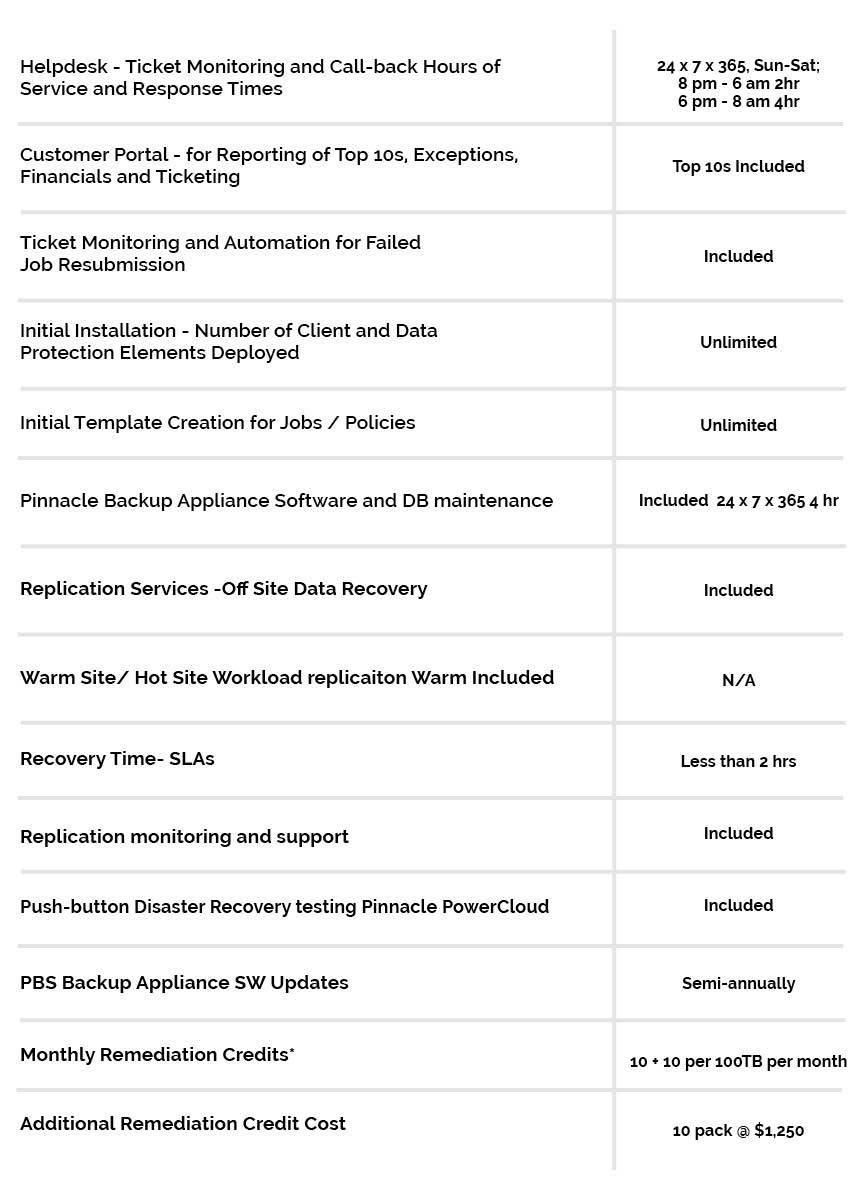20 Mar What do disaster recovery, the cloud and redundancy have in common?
At the end of February 2017, Amazon Web Services experienced an outage on the east coast that led to some websites having a lapse in service. According to Light Reading contributor Mitch Wagner, the outage of AWS’s Simple Storage Service (which the company calls S3 for short) was the result of a typo in the code, of all things.
The incident serves as an example of how huge an impact a simple human error can have. Websites and web-based services like Venmo, Slack, Trello and even Amazon itself were all affected, reported NPR, and the hours-long outage most likely cost companies upward of $150 million in total.
The AWS outage points to the very real concern that is top of mind for many tech industry experts: So much of the internet’s actual infrastructure depends on so few companies that if one of the services goes down, large swathes of the internet are impacted. In addition, and perhaps most pertinent, this event brought to light the very real importance of having a good backup plan in times of an unexpected outage.
“The hours-long AWS outage most likely cost companies upward of $150 million in total.”
Steps for success
Effective disaster recovery strategies can mean the difference between maintaining uptime and experiencing a problem that could cost you and your company millions of dollars. According to a report published in 2016 by the Ponemon Institute and IBM, the average consolidated cost of a data breach is $4 million, an increase from the $3.8 million of the previous year’s findings. Network outages are also expensive, with IDC estimating that for the Fortune 1000 companies, the average hourly cost of an infrastructure failure is $100,000 per hour. That extrapolates to between $1.25 billion and $2.5 billion per year.
All of this goes to show that having an effective DR plan is important.
The steps to having a successful DR strategy are similar regardless of industry or company footprint:
- Create a DR plan.
- Test the plan.
- Make sure to back up data in offsite servers.
- Create redundancy
- Test the plan again.
These steps are the basic building blocks of an effective DR plan. Notice that “test” appears on this list twice – and for good reason.

Don’t wait for disaster to strike before creating copies of your computing environments.
“Many businesses take the time to create a disaster recovery plan, but then leave it to sit on a shelf collecting dust, never reviewed or updated,” wrote The Balance contributor James Bucki. “Your business doesn’t remain the same; businesses grow, change and realign. An effective disaster recovery plan must be regularly reviewed and updated to make sure it reflects the current state of the business and meets the goals of the company. Not only should it be reviewed, but it must be tested to ensure it would be a success if implemented.”
Redundancy is key
Companies at every echelon of business should consider investing in DR solutions. The “it’ll never happen to me” kind of mentality can work against you here – when it comes to the health of your business, you shouldn’t pull any punches.
Creating redundancy within your networks and for your critical business data is one of the main ways to ensure your organization continues to function if an unexpected outage were to occur. According to Information Systems Security contributor Paul Chisholm, offsite data backup and storage is one of the main ways to create redundancy. Companies should conduct backups once per day, Chisolm cautions, and store them in a separate location so they can be accessed in emergencies that affect your primary network.
“Establishing redundant servers for all critical data and providing an alternate way to access that data are essential components of an organization’s disaster recovery planning,” Chisolm wrote. “Having these redundant services in place at a secure, offsite location can bring disaster recovery time down to minutes rather than days.”
Don’t wait for disaster to strike before creating copies of your computing environments.
You need a true DR partnership
Cloud security continues to be a focus of organizations in nearly every industry. As seen with the AWS incident at the end of February, the cloud – despite its many advantages for productivity, expenses and collaboration – needs to be accompanied by an effective security and backup plan. Otherwise, companies risk the kind of issue that befell AWS. Without redundancy, it can take hours to get servers back online, and for most organizations, taking care of that kind of expense simply isn’t an option.
Partnering with a tried-and-trusted managed services provider can be one step toward having a more effective DR plan and more peace of mind when it comes to your network security. While situations like the one experienced by AWS are probably not unavoidable altogether, it’s essential to have a partner on hand to help you make sure you’re maintaining the right amount of uptime.
Get in touch with the experts at Pinnacle Business Systems today for more information and to get an accurate assessment of your network infrastructure.





